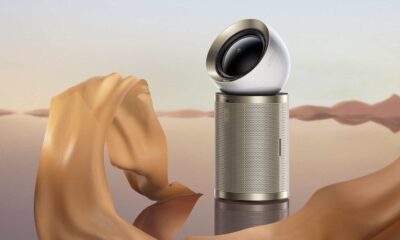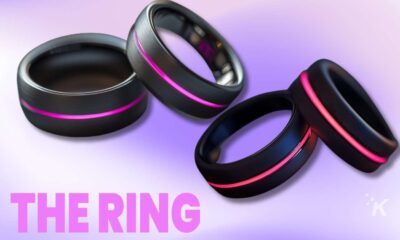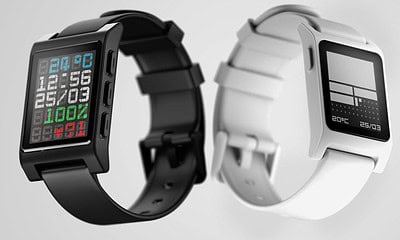Gadgets
The Apple Watch isn’t playing nice with people who have tattoos
The Apple Watch hates tattoos: Read on how this expert explains why

Just a heads up, if you buy something through our links, we may get a small share of the sale. It’s one of the ways we keep the lights on here. Click here for more.
It looks like tattoo wielding Apple Watch users are having some issues with the devices wrist detection and pulse measurement features.
In a video uploaded to YouTube by Michael Lovell, the footage shows the watches inability to detect wrist movements and pulse tracking when it comes to grips with dark tattoos. Check out the full video above to see what I’m talking about.
What could be the root of this problem? One Reddit user, Guinne55fan, thinks he has an idea:
To back that comment up, The Next Web reached out to Dr Sijung Hu, Leader of the Photonics Engineering and Health Technology Research Group at Loughborough University’s School of Electronic, Electrical and Systems Engineering to see if there was any validity to this point. To my surprise, the Reddit user’s comment was pretty on point.
Here’s what Dr Sijung Hu had to add:
“I’ve noticed this kind of issue has arisen from companies (fashion/smartwatch manufacturers) and some clinical professionals (research and routine monitoring). Such issues are caused by present smart devices are basically down to a lack of understanding about opto-physiological interaction (Hu, S.; Azorin-Peris, V.; Zheng, J. Opto-physiological modeling applied to photoplethysmographic cardiovascular assessment. J. Heal. Eng. 2009, 4, 505–528).
There needs to be an available ‘spectrum window’ to effectively catch the pulsatile change of capillary/peripheral blood vessels in different wavelength illuminations to minimise the impact of ethnical background, melanin etc. We have successfully developed a new opto-electronic sensor/probe to overcome the present challenge.
At the moment many developers/manufacturers are merely considering the existing photoplethysmography (PPG was created in 1930s and the pulse oximetry was initialised in 1970) as directly applied to detect absorption spectra responses for oxygenated hemoglobin (HbO2) and deoxygenated hemoglobin (Hb). That limits their functionality and performance.”
Looks like Apple has some work to do.
UPDATE: Apple addressed the tattoo issue and added this to their support page:
“Permanent or temporary changes to your skin, such as some tattoos, can also impact heart rate sensor performance. The ink, pattern, and saturation of some tattoos can block light from the sensor, making it difficult to get reliable readings.”





























